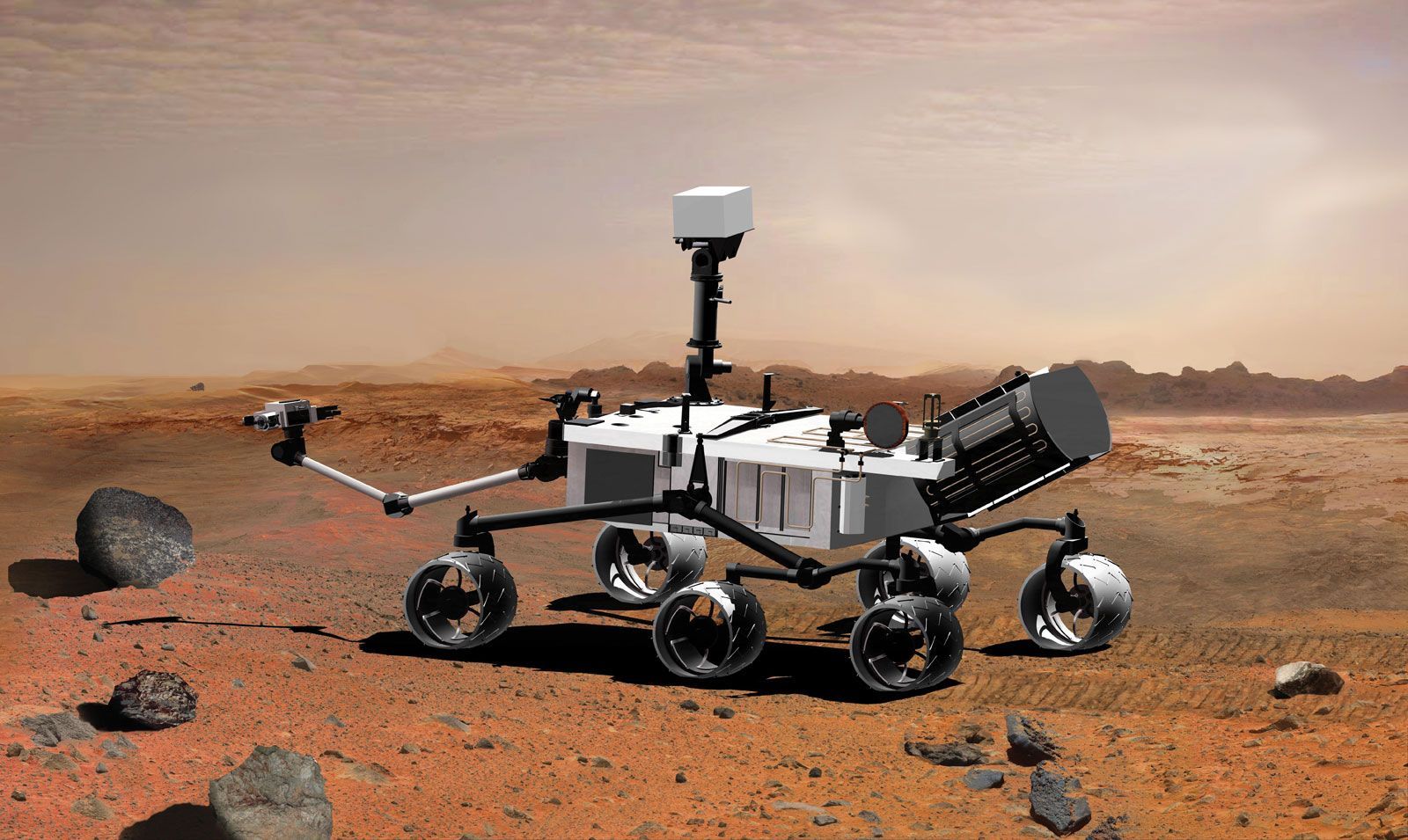
NASA (National Aeronautics and Space Administration) has discovered fresh evidence that life existed on Mars once upon a time. A team of experts using data acquired by NASA’s probe has established that the globe had a vast network of rivers flowing with life-giving water in past times. Their findings were reported in Geophysical Research Letters. “We’re finding evidence that Mars was likely a planet of rivers,” said the study’s lead author, Penn State University geoscientist Benjamin Cardenas.
Mars orbiters and rovers have also discovered ridges that were most likely produced billions of years ago by silt in river channels
Cardenas and his colleagues arrived at this result after analyzing Curiosity rover pictures, scans of sedimentary rock beneath the Gulf of Mexico on Earth, and many computer simulations. Using them, they discovered ancient, eroded riverbeds in a number of Mars craters. The Curiosity rover discovered particular landforms known as bench-and-nose characteristics; steep and shallow slopes are referred to as “benches,” whereas truncated ridges are referred to as “noses.” They form when sedimentary material deposited down in river channels is eroded by prevailing winds. These formations indicate that rivers were more widespread than previously imagined.
Rivers are an essential source of chemical, nutritional, and sediment cycles on our planet, all of which are required for life to exist. This new discovery adds to the evidence of ancient rivers and may aid in the quest for traces of life on the planet. As Cardenas puts it: “Our research indicates that Mars could have had far more rivers than previously believed, which certainly paints a more optimistic view of ancient life on Mars.” “It offers a vision of Mars, where most of the planet once had the right condition for life,” he remarked.
“It offers a vision of Mars, where most of the planet once had the right condition for life,” he remarked. No, it does not. We’ve known about Mars’ rivers since Mariner 9, the first spacecraft to orbit the red planet, returned photographs in 1971. On Mars’ surface, the photos showed dried-up river channels and floodplains. The planet’s orbiters and rovers have also discovered ridges that were most likely produced billions of years ago by silt in river channels. Multiple Mars rovers have also discovered mineral evidence, such as sulfur-containing minerals like jarosite, which develop in water.
